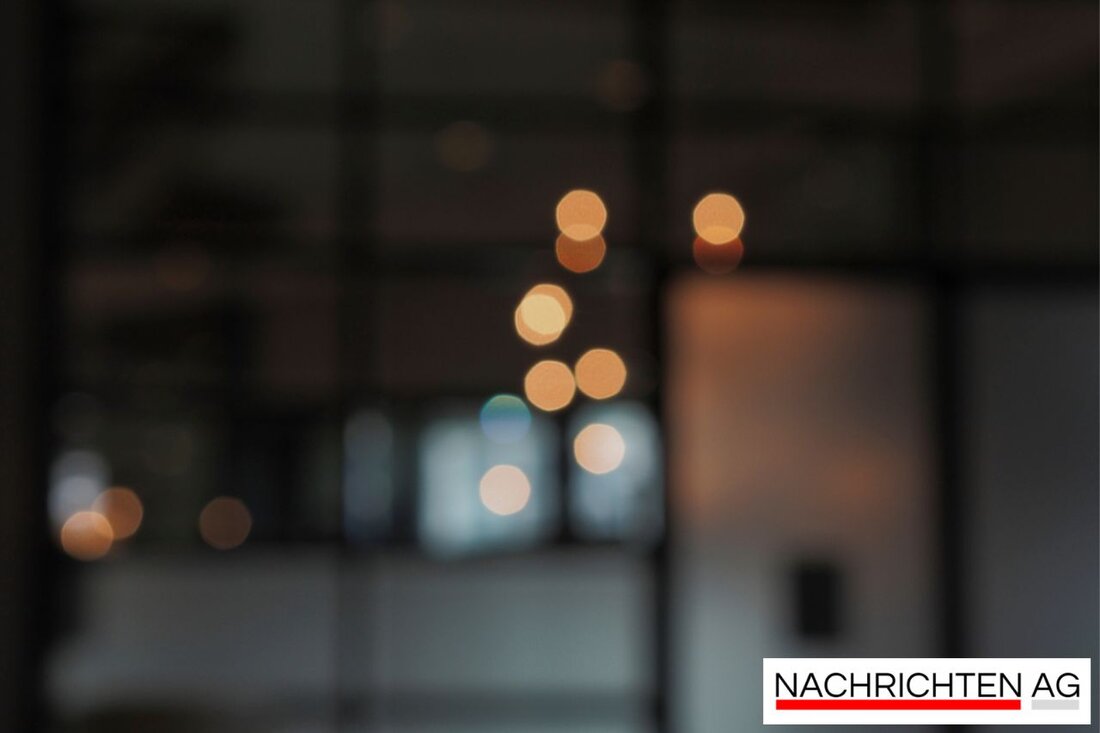30 years later: Vetschau and the secret fabric production for Christo!
Find out how Vetschau in Oberspreewald-Lausitz contributed to the production of fabric for the legendary “Veiled Reichstag” art project.

30 years later: Vetschau and the secret fabric production for Christo!
A fascinating legacy from the world of art is celebrating its 30th birthday this year. On the occasion of the impressive wrapping of the Reichstag by the artist couple Christo and Jeanne-Claude, which took place from June 24th to July 7th, 1995, Brandenburg looks back on a time when art and politics were closely intertwined. More than five million people visited the work of art, which illuminated the Berlin skyline in silver tones and inspired the imagination of visitors. But what is less known is that half of the fabric for this iconic project was manufactured in Vetschau in the Oberspreewald-Lausitz, as rbb24 reports.
In 1995, Spreewald-Planen GmbH from Vetschau received the major contract to produce the impressive tarpaulins that covered the Reichstag building. Managing director Dieter Wergula came into contact with project manager Wolfgang Volz through a member of the Bundestag. Within a very short time, the creative mind Volz was invited to Vetschau to discuss the detailed work. Wergula describes how the company's experience in making large-scale tarpaulins was of enormous benefit. This also led to the return of many former employees who had not been employed by the company for a long time.
The technical challenges
Before the change came, Spreewald-Planen GmbH manufactured air-lift parts for the Soviet Union, but after the political change the number of employees fell from 200 to just 18. The turbulence was followed by the big order for Christo, which not only represented a financial rescue, but also a new beginning. Over 35 seamstresses worked for five months on the approximately 100,000 square meters of aluminum-coated polypropylene fabric, the seams of which reached a total length of 22 kilometers. In June 1995, 61 tons of material were transported to Berlin - a mammoth project that, after careful examination of the material, also had to meet fire protection standards, as Wikipedia notes.
The wrapping of the public building was not only a marketing hit, but also a complex logistical masterpiece. 90 professional climbers were involved in the implementation and implemented the planning with skill and precision. On the last day of the exhibition, 500,000 people flocked to the Reichstag, evidence of the enormous interest in this temporary work of art.
Sustainability in the art project
After the project ended in 1995, a difficult time began for Spreewald-Planen GmbH. The big orders didn't materialize and only a few inquiries kept the company afloat. An attempt to apply for a follow-up project by Christo in New York was unsuccessful, which ultimately led to the switch to producing tent tarpaulins. The once thriving company had to file for bankruptcy in 2006, which meant the end of 35 years of successful work.
However, Christo and Jeanne-Claude will always remain influential figures in modern art history. Her ability to transform everyday objects into spectacular installations still allows us to think outside the box today. The duo's other well-known projects include the artwork "The Gates" in Central Park and the "Floating Piers" on Lake Iseo in Italy. Her art was always temporary and focused on transience - a quality that is even more appreciated, as arte-concreta notes.
A good 30 years after these historic events, the memory of the wrapping of the Reichstag remains alive. A light installation project commemorating this work of art is planned in Berlin in June 2025. This homage once again illustrates the close connection between art, history and Berlin's identity.

 Suche
Suche
 Mein Konto
Mein Konto